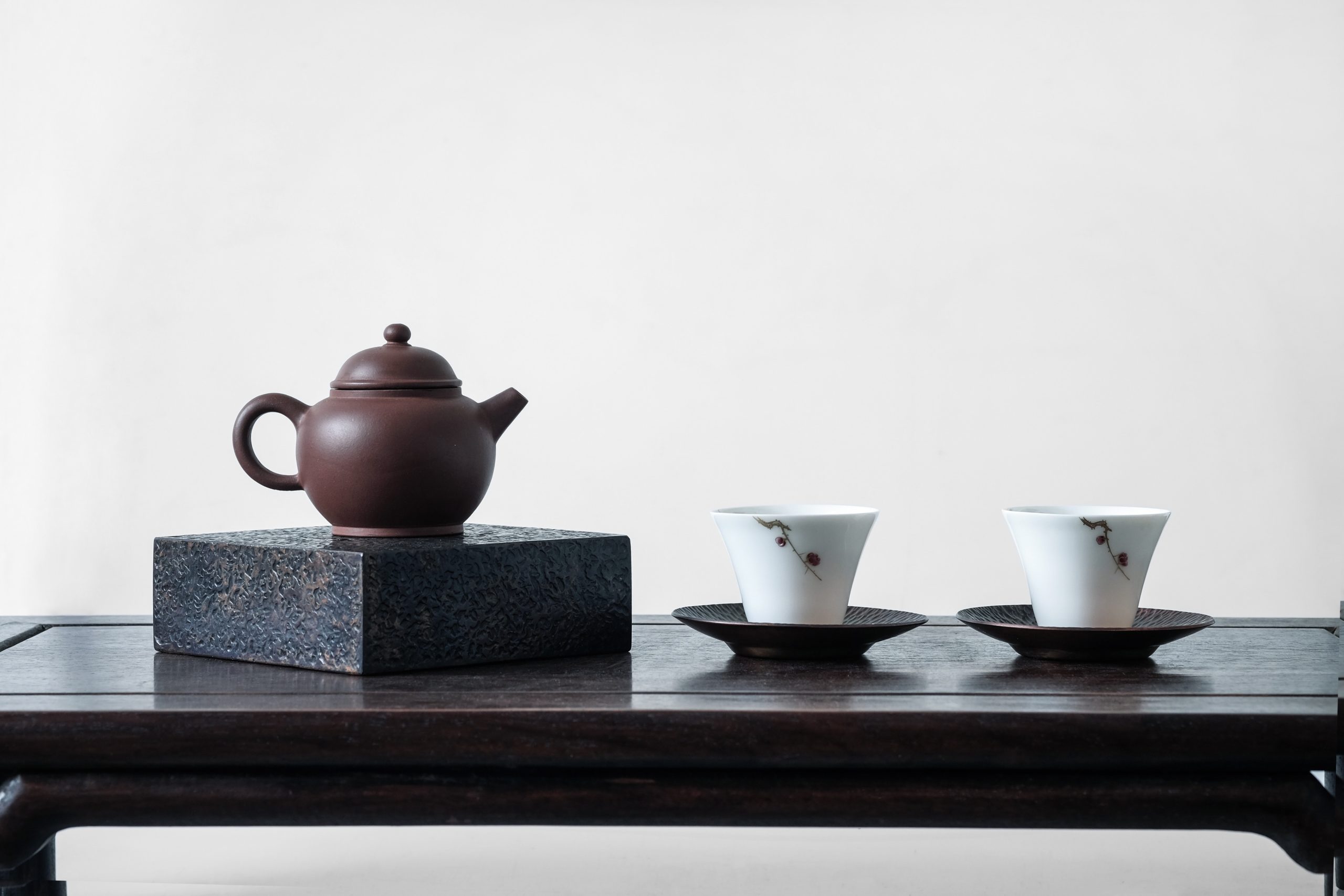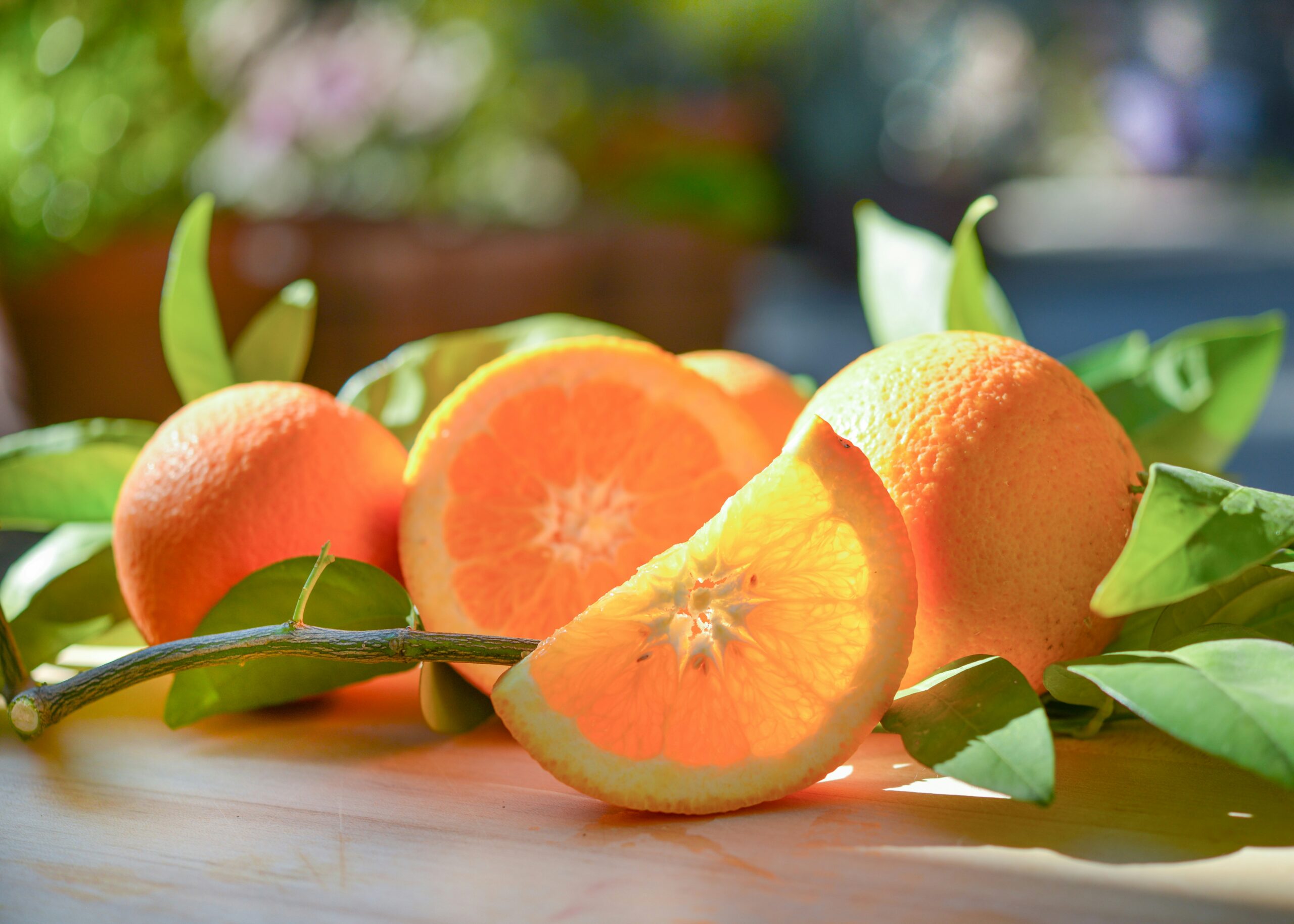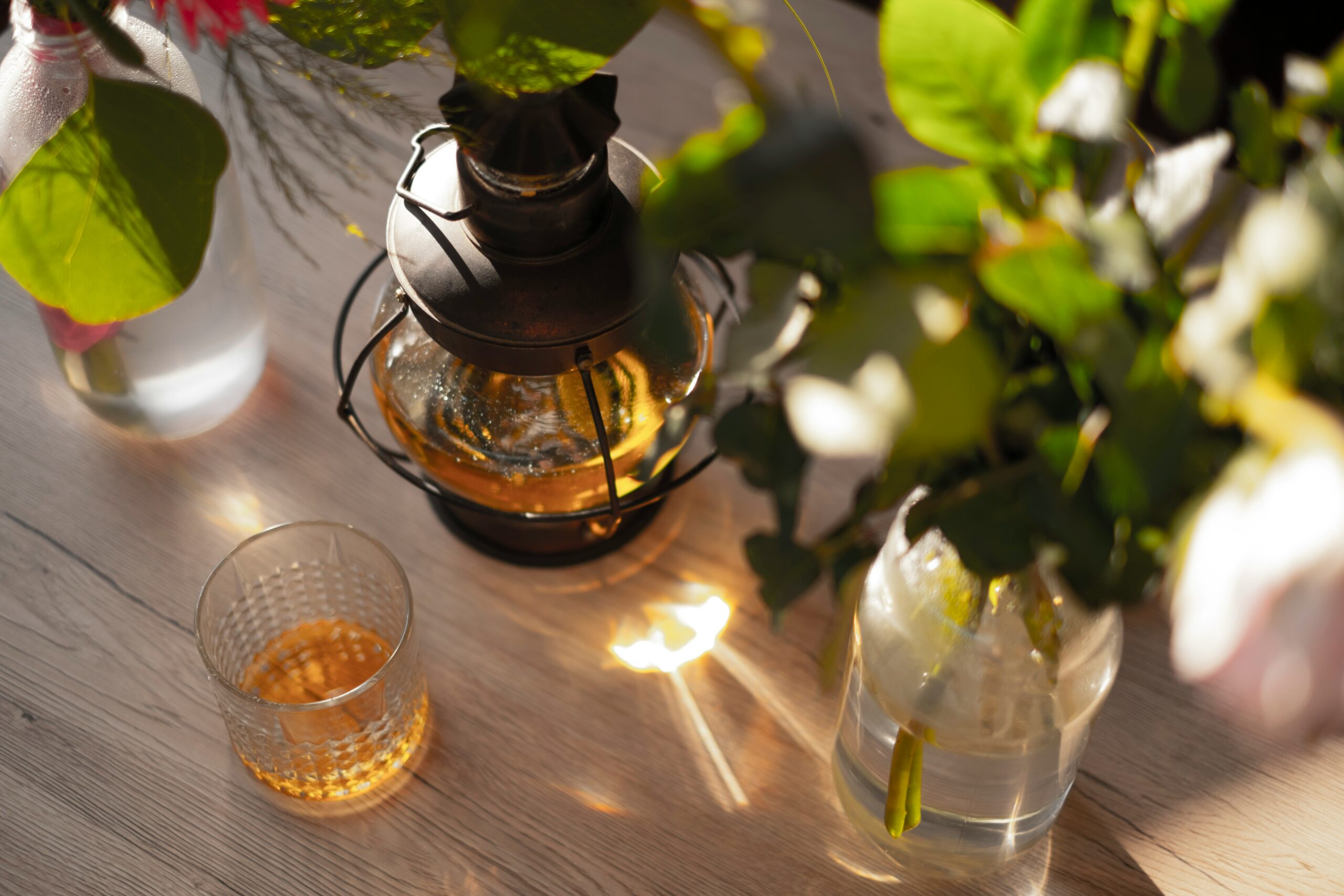A Thorough Explanation of Tea Leaf Grades
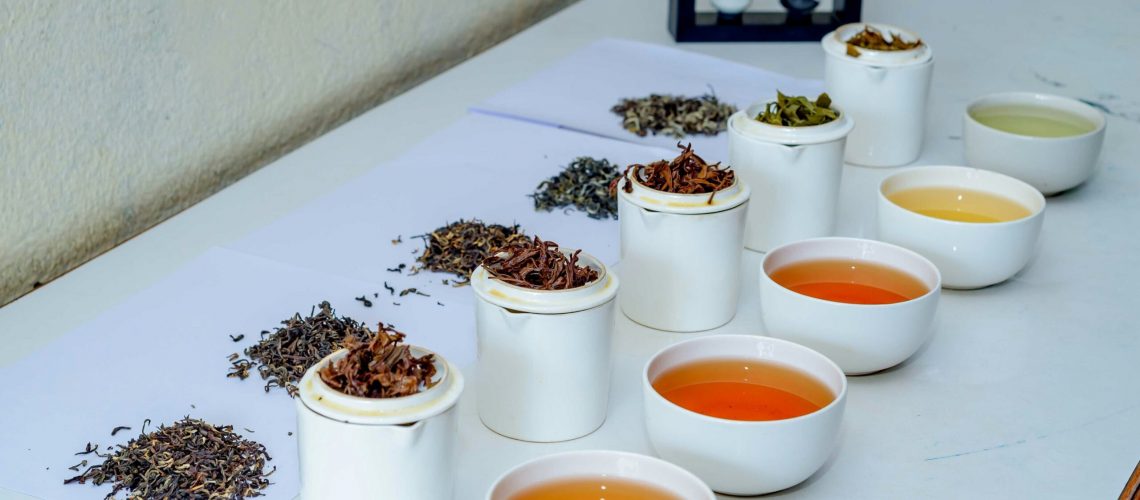
You may have come across the term “leaf grade” when enjoying tea. Tea enthusiasts might already know, but there are actually various types of leaf grades, and understanding their characteristics can broaden your choices and enjoyment of tea. This blog provides a clear explanation of representative leaf grades. If you want to learn more about the charm of tea, please give it a read.
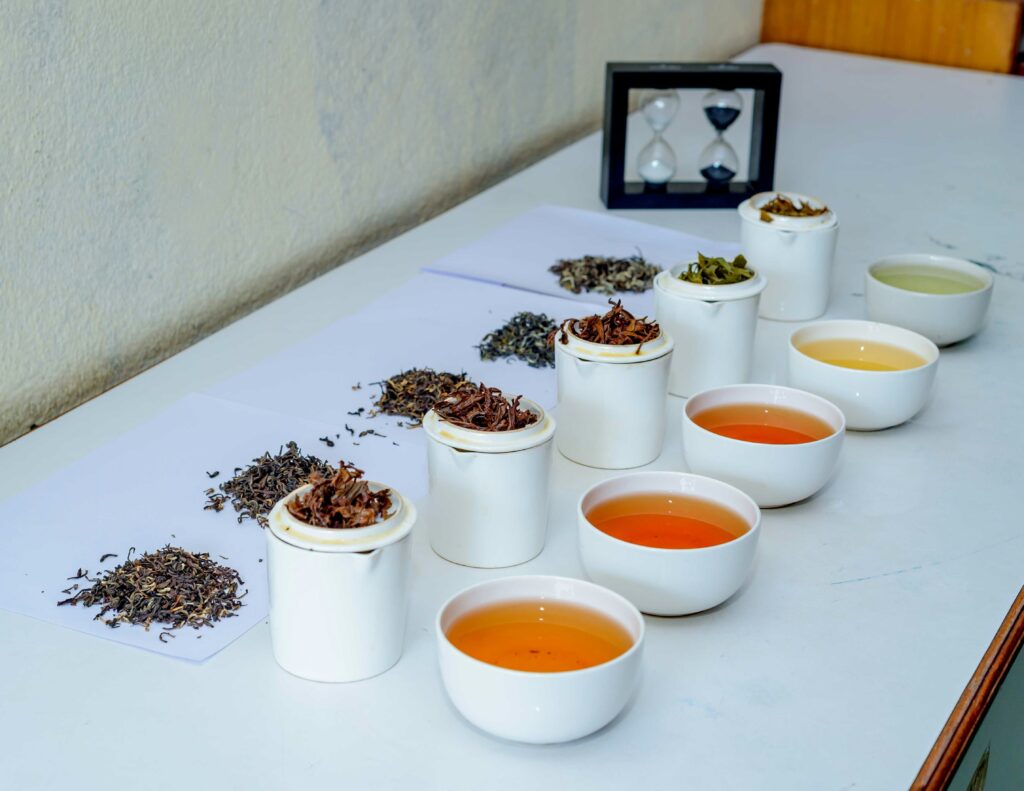
OP (Orange Pekoe)
OP (Orange Pekoe) refers to a grade of tea leaves that are about 1-2 cm in size and have a long, tightly twisted shape. Made from soft young leaves and tips, it features a blend of astringency and a gentle flavor. By brewing it slowly, you can enjoy its delicate taste.
Interestingly, the “orange” in Orange Pekoe refers to the orange color of the brewed tea. The term “Pekoe” originates from the Chinese word (Diopekho), where “Pekho” refers to the fine, fibrous covering of the new tea shoots. This rare characteristic implies that tea made from such prized young shoots will produce an orange-colored brew.
BOP (Broken Orange Pekoe)
BOP (Broken Orange Pekoe) consists of tea leaves that are cut into smaller pieces, around 2-4 mm in length. Since they are cut, the flavors and color are extracted more quickly, allowing you to enjoy a strong flavor in a shorter time. This grade is particularly common in Sri Lankan teas.
The term “broken” might suggest that the leaves are damaged, but in reality, they are deliberately cut into smaller pieces using a rotor pan machine. Some teas taste better as BOP than as OP.
BOPF (Broken Orange Pekoe Fannings)
BOPF (Broken Orange Pekoe Fannings) is a grade that includes even smaller fragments of tea leaves, around 1-2 mm in size. These leaves extract rich flavors and aromas quickly, making them particularly popular in tea bags.
F (Fannings)
Fannings are very small fragments of tea leaves, around 0.5-1 mm in size, sifted from BOPF. They brew very quickly, providing a strong flavor in a short time, making them ideal for those who prefer a robust tea. They are mainly used in tea bags.
D (Dust)
Dust is the finest tea leaf particles, less than 1 mm in size. Typically used in tea bags, it brews very quickly and is known for its strong, rich flavor, making it especially suitable for milk tea.
Leaf Grade and Quality
Generally, leaf grades from OP to D are traded at increasing prices, but this does not necessarily reflect quality. Sometimes, BOP or BOPF may be priced higher than OP. This is because leaf grades indicate the size and shape of the leaves, not the quality. Understanding the characteristics of each grade can help you choose tea according to your taste preferences, enhancing your overall tea experience!
おすすめ記事
最新記事

著者情報/ teploについて

teploは「美味しいお茶を世界中に届ける」というミッションを掲げるお茶のブランドです。
お茶メディアの運営、茶葉の買付・販売、お茶の抽出機の開発・販売、飲食店にむけたお茶のメニュー開発・レシピ開発等を総合的にサポートしています。
teploのメールマガジンに登録
お茶に関する旬な情報や豆知識を漏れなく受け取りたい!そんな方は以下の登録フォームでメールアドレスをご登録ください。
teploから最新の情報をメールマガジンでお送りいたします。
(※1) プライバシーポリシーを必ずお読みいただき、ご同意の上、登録してください。
(※2) info@load-road.comおよびhello.japan@load-road.comからのメールが受信できるようにご設定ください。
